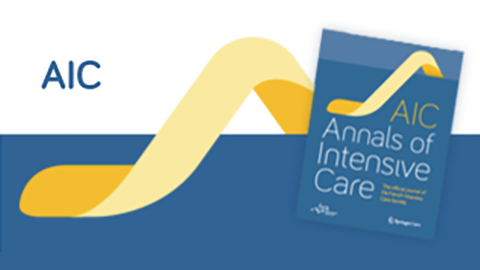03/03/2023


Source
Abstract
Background
Unique blood culture (UBC) has been proposed to limit the number of venipuncture and to decrease the risk of BC contaminations (BCC) without affecting their yield. We hypothesized that a multi-faceted program based on UBC in the ICU may reduce the rate of contaminants with a similar performance for bloodstream infections (BSI) identificationMethods
In a before and after design, we compared the proportion of BSI and BCC. A first 3-year period with multi-sampling (MS) strategy followed by a 4-month washout period, where staff received education and training for using UBC, and a 32-month period, where UBC was routinely used, while education and feedback were maintained. During the UBC period, a large volume of blood (40 mL) was sampled through a unique venipuncture with additional BC collections discouraged for 48 hResults
Of the 4,491 patients included (35% female patients, mean age 62 years) 17,466 BC were collected. The mean volume of blood per bottle collected increased from 2.8 ± 1.8 mL to 8.2 ± 3.9 mL between the MS and UBC periods, P < 0.01. A 59.6% reduction (95% CI 56.7–62.3; P < 0.001) of BC bottles collected per week was observed between the MS and UBC periods. The rate of BCC per patient decreased between the two periods from 11.2% to 3.8% (73.4% reduction; P < 0.001) for the MS and UBC periods, P < 0.001. Meanwhile, the rate of BSI per patient remained stable at 13.2% and 13.2% for the MS and UBC periods, P = 0.98Conclusions
In ICU patients, a strategy based on UBC reduces the contamination rate of cultures without affecting their yield. Graphical AbstractLiens article
©2023 The Author(s)